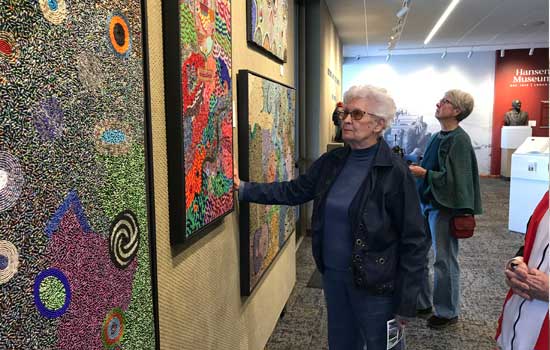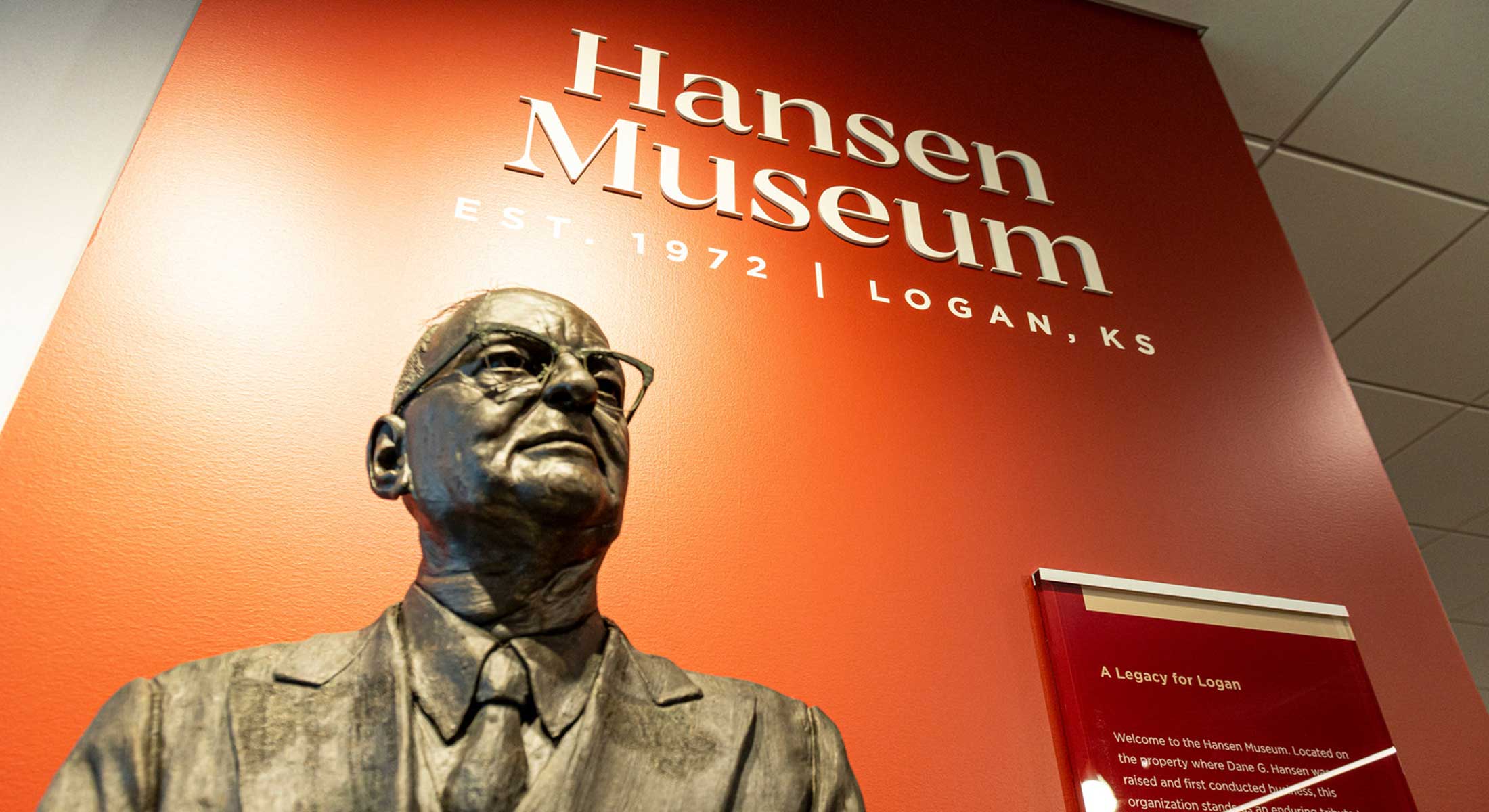
History & Legacy
Dane Gray Hansen & Family
Learn about the family, the life, and the dreams of Mr. Hansen – not only for himself, but also for the community of Logan, Kansas. The legacy of his entrepreneurial spirit continues to benefit Northwest Kansas to this day.
Dane Gray Hansen History & Legacy
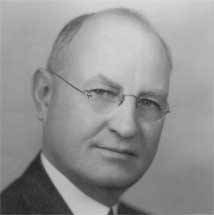 Dane Gray Hansen was a unique character—an entrepreneur with expansive vision who remained faithfully rooted in his family and community. The son of an immigrant in a frontier town, Mr. Hansen grew up with a pioneering attitude and the deep belief that political involvement was critical to safeguarding liberty. His father modeled an unbowed entrepreneurial spirit and instilled a stalwart independence in his son.
Dane Gray Hansen was a unique character—an entrepreneur with expansive vision who remained faithfully rooted in his family and community. The son of an immigrant in a frontier town, Mr. Hansen grew up with a pioneering attitude and the deep belief that political involvement was critical to safeguarding liberty. His father modeled an unbowed entrepreneurial spirit and instilled a stalwart independence in his son.
Mr. Hansen developed an uncanny business sense, intuitively understanding and anticipating unmet needs in his community. He was unafraid to enter new arenas—from lumber and cattle ranching, to construction and oil exploration. Mr. Hansen’s ever-curious nature and love of problem solving led him to immense success throughout his varied career.
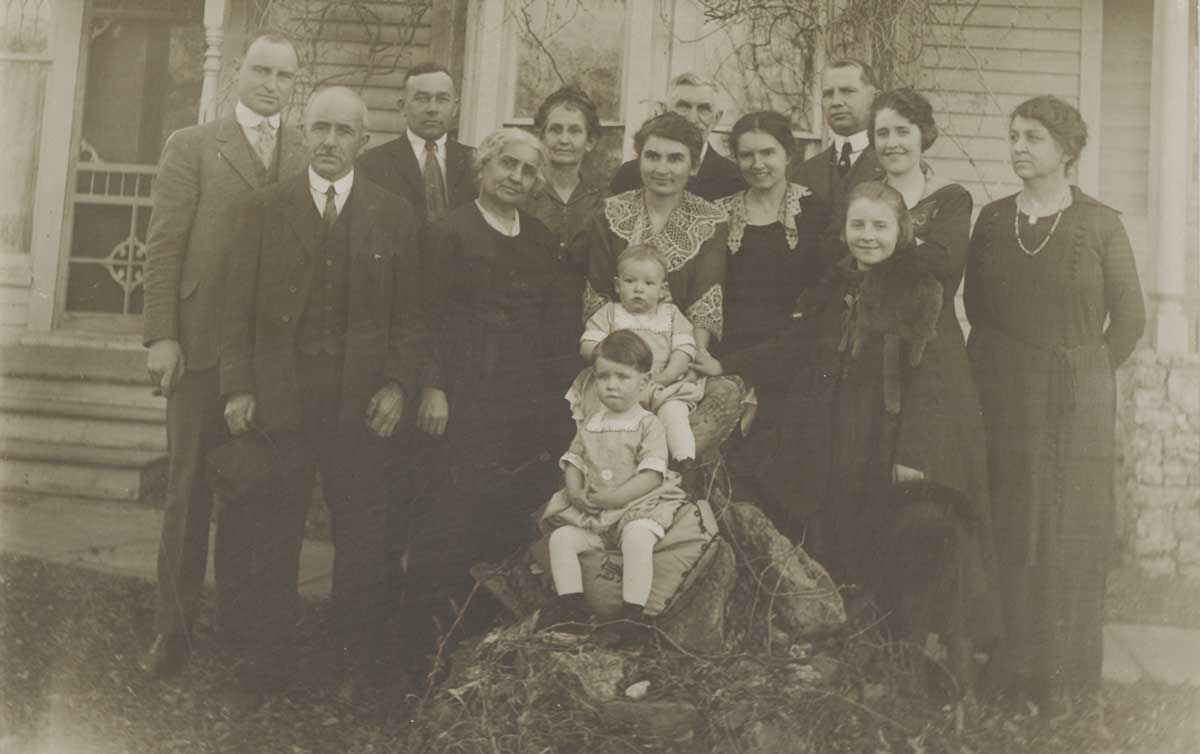
Dane G. Hansen was born in Logan on January 6, 1883, to pioneer parents, Peter and Alpha Gray Hansen. Peter Hansen left his native Denmark as a young man, arrived in Logan in 1872 and helped found the town. In 1874 Peter established Logan’s first industry, a sawmill powered by water from the Solomon River. As a member of the Logan School Board, he met and later married Alpha Gray, of British decent, Logan’s fifth schoolteacher.
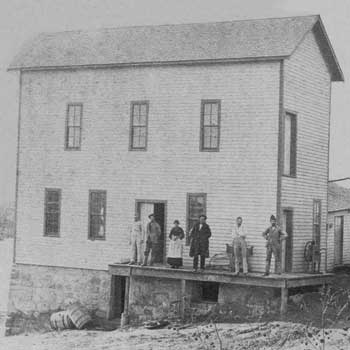
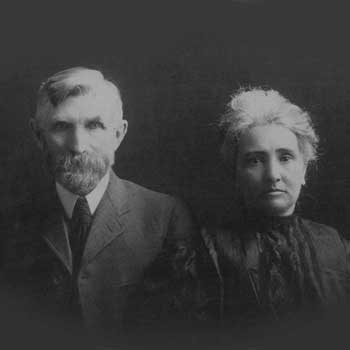
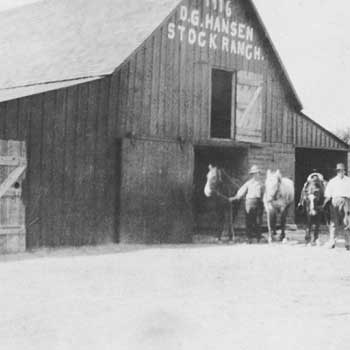
Dane G. Hansen started in business in 1905 by working with his parents in a large mercantile store. He later engaged in ranching, cattle breeding and raising mules. Since most earth moving was done by mule teams at that time, he started his own business which evolved into road and bridge construction. The Hansen Construction Company ultimately developed into Logan’s largest single industry by employing nearly 200 men in peak seasons.

With the discovery of oil in 1941, he went into oil development and was among the largest independent operators in Kansas. Opting to work long and hard hours, Mr. Hansen’s work habits were summed up best by his own philosophy that said: “Anything you like becomes a hobby – and if it’s a hobby, it isn’t work.”
When he became old enough to vote, he took an active part in Republican Party Politics. He commented, “I’ll take any political job if there’s no pay in it. My services are always free.” His love for this country and great patriotism were widely known and respected, although he never sought nor desired to run for public office.
As a personal friend of former United States President Dwight Eisenhower, Mr. Hansen was a member of the President’s Commission on Intergovernmental Relations in 1954 and 1955 and a vice-president on the Board of Trustees of the Eisenhower Foundation.
Civic-minded, Mr. Hansen was vice-president and director of the Kansas Independent Oil and Gas Association, chairman of the Kansas Contractor’s Association Pension Trust Plan, president of the Kansas Day Club, president and director of the First National Bank of Logan and fulfilled many other organizational duties.
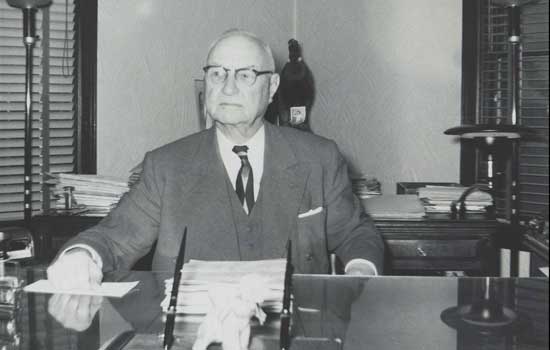
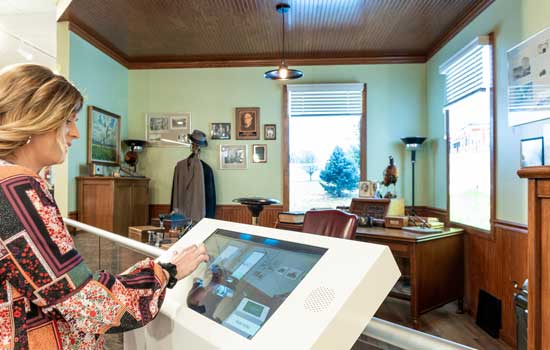
Mr. Hansen was a member of the Methodist Church and all Masonic Bodies, including an honorary 33rd degree membership in Consistory. Dane G. Hansen died on his 82nd birthday, January 6, 1965.
Mr. Hansen’s Last Will and Testament laid the groundwork for the Dane G. Hansen Foundation, an enduring legacy to ensure Northwest Kansas would continue to benefit from his entrepreneurial spirit.
The Museum & Plaza
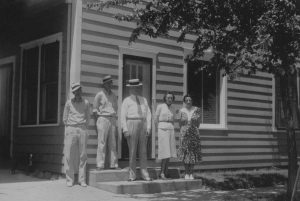
Mr. Hansen’s dedication to his hometown inspired those around him. To commemorate the site of his birthplace and to rejuvenate the city square, the Hansen Foundation purchased properties adjacent to the site of the Hansen Lumber Company, creating the Dane G. Hansen Memorial Plaza. The five-year project was completed in 1972 and deeded to the City of Logan. The Hansen Museum and Plaza was officially dedicated on April 10, 1973.
The Plaza was designed as a square-block area centered around a multipurpose building surrounded by beautiful landscaping. The Plaza originally housed the Logan City Office and Library, the headquarters of the Hansen Trust and Foundation, and the Hansen Museum. As the Hansen Museum grew, the Hansen Foundation helped the Logan City Office and Library relocate across the street.
The building is designated into quadrants which are divided by protruding sections of Neva limestone quarried near Junction City, Kansas – one for the Trust and Foundation, one for a community meeting room, and the other two quadrants contain the Memorial Museum and offices, and the gallery area where traveling exhibits are shown.
The facility was designed by Kiene and Bradley of Topeka and built from prestressed concrete by McBride and Dehmer Construction, Wichita. This Kansas landmark is one of the finest structures of its type in the area.
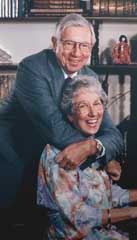
This Museum exists thanks to the tireless work of Mr. Hansen’s nephew, Dane Gray Bales, and his wife, Polly Roth Bales. They dreamed of creating a cultural center in Northwest Kansas to celebrate the arts and memorialize the Hansen family’s enduring contributions to the region. They were dedicated to making their vision a reality.
The Hansen Museum aims to promote the cultural and artistic interests of the people of Northwest Kansas. With world-class rotating exhibits, monthly spotlighted artists, and an extensive permanent collection featuring artifacts from the lives of one of Logan’s founding families, the Hansen Museum maintains a diverse appeal. A forum for cultural and artistic exploration, the Museum is dedicated to providing exhibitions and continuing education programs to cultivate public interest in the arts. Following Mr. Hansen’s example, the Hansen Museum seeks to build up its community, sharing local and global art with the people of Northwest Kansas.
In addition to world-class rotating exhibitions, the Museum’s permanent collections include early American and foreign coins, European and Western guns, Mr. Hansen’s office, Hansen family history, Oriental art collected by Dane’s sister, Kate Hansen and beautiful artworks purchased by the Museum.
The Museum offers modest annual memberships which may entitle members to discounts on any number of continuing education classes and artist of the month purchases.

